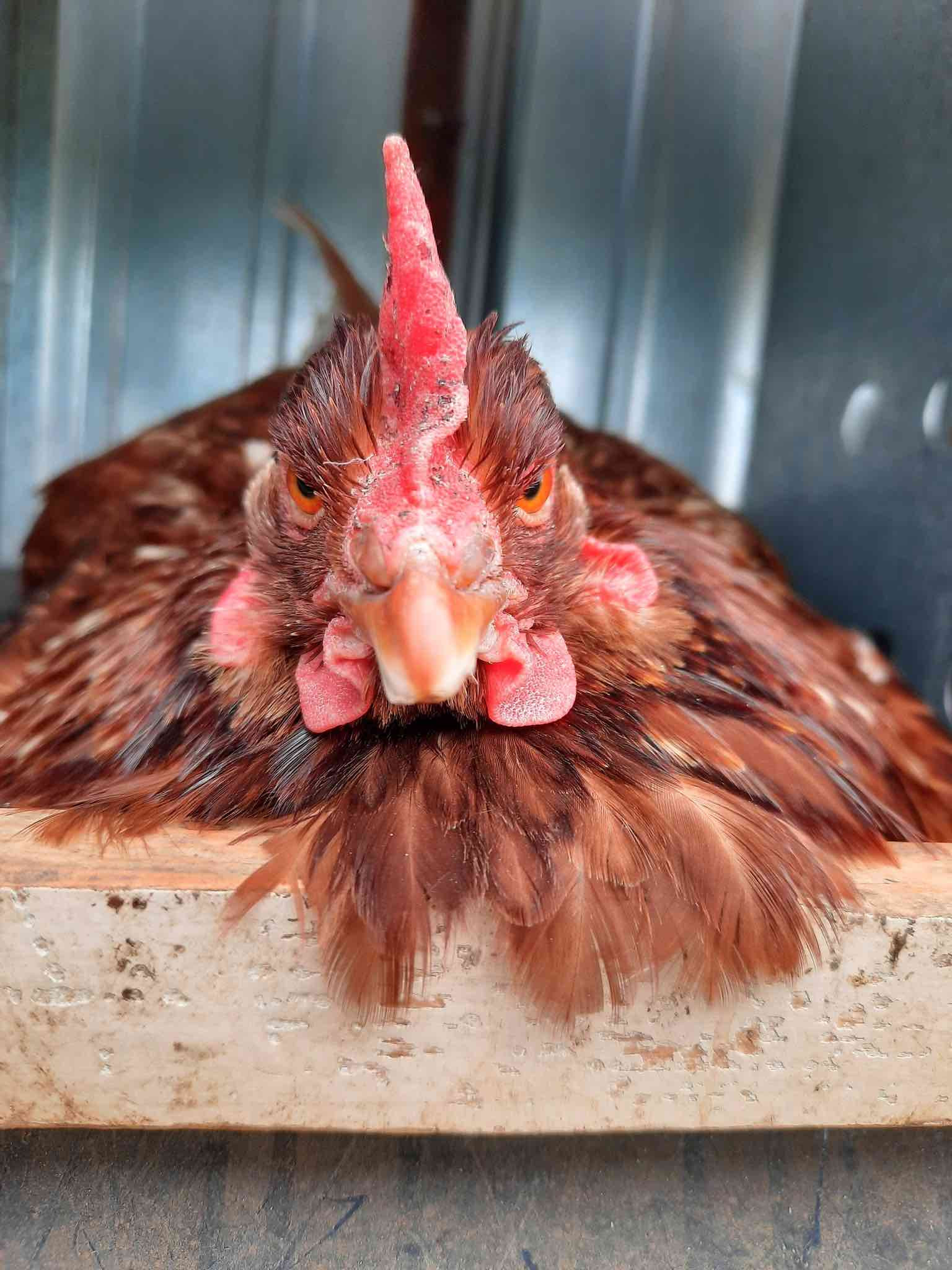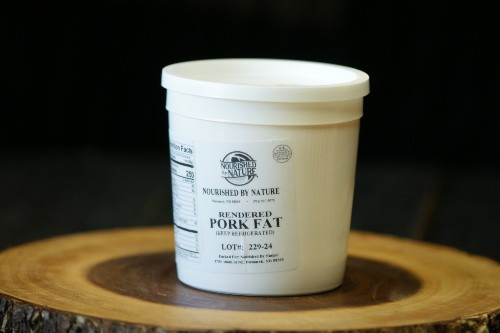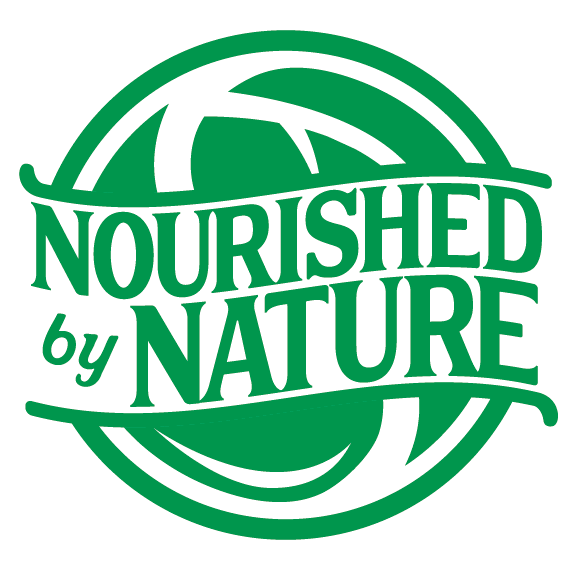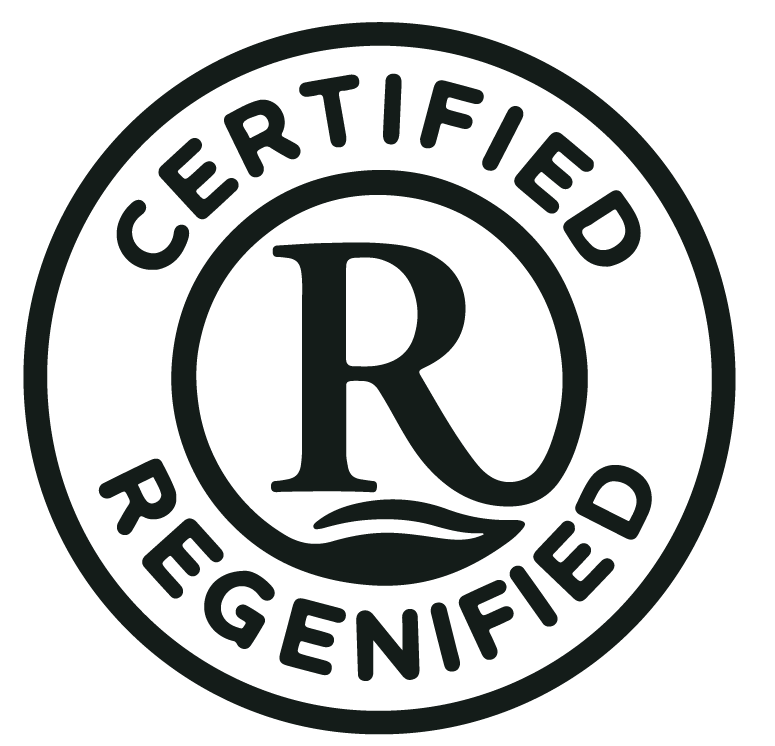South Indian Egg Curry
posted on
June 2, 2015
Ingredients
-
4 boiled Nourished by Nature free-range eggs
-
2 tbsp. oil
-
½ tsp. cumin seeds (if available)
-
1 tsp ground cumin
-
-
¾ tbsp. ginger garlic grated or paste (equal parts ginger and garlic)
-
1 ½ cups onions, chopped
-
1 green chili, sliced (optional)
-
Salt, to taste
-
1 cup chopped tomatoes or ½ tomato puree
-
½ tsp red chili powder
-
1 tsp garam masala powder (found in most grocery store spice aisles)
-
can be substituted with curry powder
-
-
1 or 2 bay leaves
Boiling eggs
Put room temperature eggs in a pot with enough water to immerse them completely. Bring them to a rolling boil on a medium flame. Turn off the heat; keep the pot on the hot burner, cover and let sit for 10-12 minutes. Strain out the water from the pot and run cold water over the eggs to cool them quickly and stop them from cooking further. Remove the shells and make 2 light incisions with a knife on the eggs and keep them aside.
Making egg curry
-
Add 1 ½ tbsp. oil to a pan and heat it. If using cumin seeds, add them and wait for them to crackle. Add ginger garlic paste and fry until it turns slightly golden. Be careful not to burn it. The raw smell should go away.
-
Add onions and sprinkle salt. If using ground cumin, add at this time. Fry until they turn golden or transparent.
-
Add tomatoes or tomato puree and fry until they turn mushy.
-
Sprinkle red chili powder, garam masala and bay leaf and fry for 3 to 5 minutes. The mixture should turn aromatic and there shouldn’t be anything smelling raw.
-
Add eggs to the onion tomato mixture and fry for about 2 to 3 minutes.
-
Pour a little water and cook until the curry thickens.
Paired well with rice or garlic naan (recipe found below)
Restaurant-Style Indian Garlic Naan
Ingredients
Dough
-
2 tsp. Active Dry Yeast
-
2 cups All-Purpose Flour
-
1 and 1/3 cups Wheat flour
-
2.5 tbsp Canola oil (1 tsp extra for coating the bowl)
-
1 cup water (lukewarm)
-
½ cup milk (lukewarm)
-
½ tbsp sugar
-
1 tsp salt
-
1 tsp garlic paste (1-2 garlic cloves grated or crushed)
Toppings
-
4-5 garlic cloves, finely minced
-
Butter, melted for brushed naan
-
4-5 tbsp Cilantro, chopped
Directions
-
To 1 cup of lukewarm water, add sugar and yeast. Let sit until foamy (about 10 minutes).
-
Add lukewarm milk, wheat flour, garlic paste, oil, salt and 1 ¾ cups of all purpose flower over the bloomed yeast.
-
Mix all ingredients. Add remaining flour 1 tbsp at a time until dough comes together. Knead the dough briefly, just for 1-2 minutes in the bowl. Dough will be a little wet. If it feels too wet or sticky, add ½ tbsp more all-purpose flower more at a time. Dough should not be very dry.
-
Coat the bowl with 1 tsp oil, add dough and coat in oil. Cover with plastic wrap and then with a clean kitchen towel. Leave to rise in a warm place until dough doubles in size. (1-2 hrs)
-
Punch down the dough and transfer to work surface. (flour dusted board or counter)
-
Heat an iron skillet or heavy-bottom pan. Melt the butter and add minced garlic and set aside. Divide dough into 8-10 equal parts.
-
Roll each dough to a oval shape (about 6” wide – 10” long)
-
Place one rolled naan on heated skillet and let it cook for 1-2 minutes or until yeast action shows tiny bubbles all over the naan. Flip the naan. If using a gas flame, place it directly on the flame until slightly charred and cooked on the other side (10-15 seconds max). If no flame, flip naan on hot skillet and cook until slightly charred on each side.
Remove the cooked naan and place next naan on skillet. Immediately brush butter-garlic on cooked naans and sprinkle some chopped cilantro. The butter will keep them moist while you finish cooking the rest of the naans.






